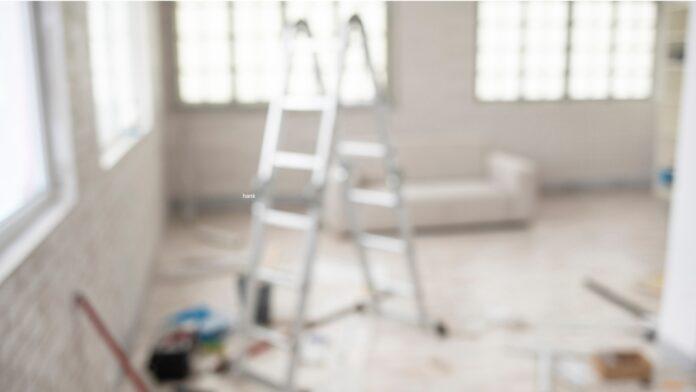We’re writing this blog post from Sydney which, by all accounts, is one of the world’s most expensive cities. To put it in context, modelling by investment bank UBS shows a typical first home buyer in Sydney now needs 40 years to save a 10 percent deposit.
In addition to residential property being out of reach for young adults, the cost of transacting property in Sydney – stamp duty and taxes – is so exorbitant that those who are already in the market indefinitely defer upgrading, or resist the urge altogether.
Renovating what you have is, for many, a smarter option than selling and repurchasing.
This week we were reminded that the same philosophy also applies to websites.
We’ve been retained by financial services firm to provide strategic and tactical marketer services. It’s a broad brief that has so far involved a brand refresh, client research, collateral and content.
From the outset, our client was keen for us to rebuild its website which looked dated and offered little by way of user experience.
In our experience, too often web developers and digital agencies rush in and bulldoze the existing property rather than taking the time to consider whether a renovation rescue might be in order.
We concluded that while our client’s site will need to be rebuilt at some stage – the bespoke content management system has not been maintained and is inferior in today’s terms – we could extend the life of it, relatively easily, by a couple of years.
Here are a few things we did to make that happen.
Website Renovation Tips
1. Make a great first impression
There were two major issues with the homepage of our client’s website. Firstly, it did not appear to have been updated since 2011. And secondly, the real estate was not being optimised. Think of your homepage as the front page of your favourite newspaper. It’s a first impression. If your homepage content is not maintained, not updated regularly, your visitors have little reason to return.
In this example, when viewing the site from a desktop or laptop, the most valuable content was well below the ‘fold’ – almost in the footer of our client’s site. What was ‘above the fold’ and therefore immediately visible was of little interest to target audiences.
We didn’t need to redesign the homepage; what we needed to do was change the way our client thought about its most valuable digital real estate. Now, instead of fixed content, we have feature articles that are refreshed periodically. Plus, we’ve removed or relocated content blocks that weren’t homepage worthy, so as to allow the best content to rise above the fold.
2. Words and pictures
We wrote recently about how imagery can date long before other elements of a visual identity. In this case, because our client did not have brand guidelines in place (it does now), the imagery on the website (and elsewhere) was inconsistent, poor quality and an abomination of composites and montages, overlayed with every available special effect.
Our solution was to update all hero images and page banners in line with the new brand guidelines. Photography is fresh, authentic and emotive and we’ve included iconography to add additional pops of colour. In effect, we gave the site a makeover and the improvement, though cosmetic, is dramatic.
3. What’s on the menu?
Our client’s site structure was messy, rendering it difficult for visitors to locate information. Menus were clumsy, menu items were ambiguous. The order and positioning of pages was haphazard.
Our solution was to convert static menus to drop down menus so it would be easier for visitors to find what they’re looking for. We also reorganised pages so the location of information was intuitive and orderly. We deleted or hid content which was unhelpful, which added little value, or which was obviously obsolete.
4. Mend what’s broken
When did you check your website for broken links? Take advantage of the free tools available online to help you monitor and improve the hygiene of your website. Doing so will dramatically improve the user experience.
In this instance, we found dozens of broken or dead links and were alerted to the need to remedy the site speed, and to put a secure communication protocol in place.
If you like what we have to say, and how we say it, follow us on LinkedIn and Twitter.






